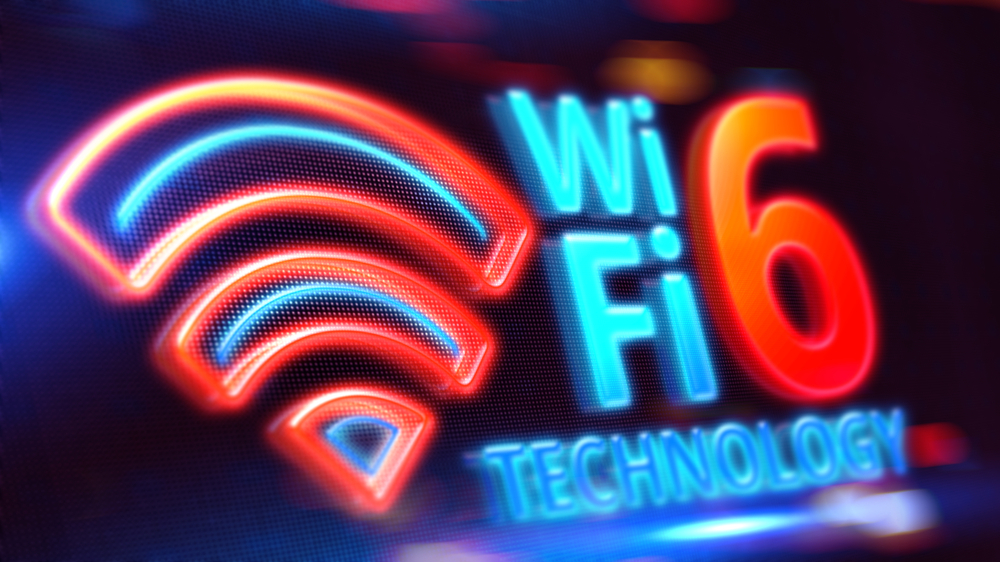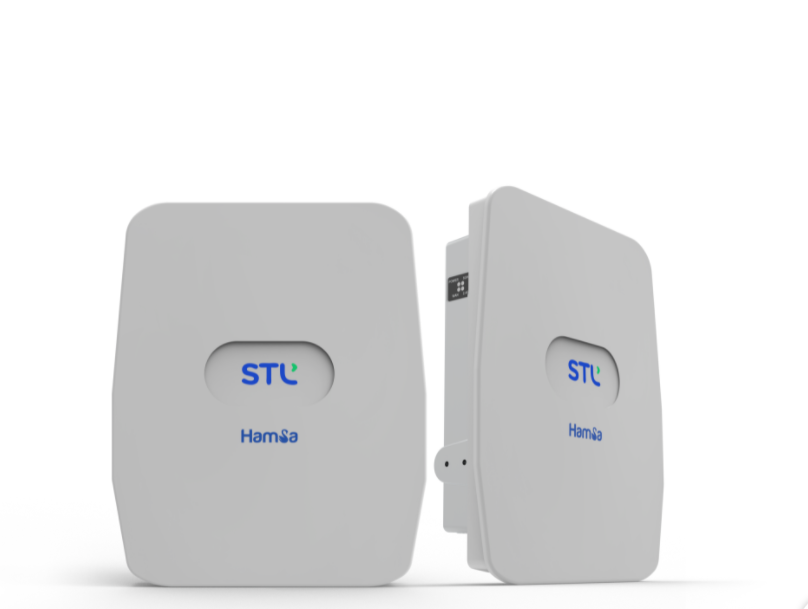We discuss the following topics in this blog:
- Wi-Fi 6 for improved digital experiences
- STL’s Seamless WiFi 6 Solution
- Top 5 features of STL Hamsa
In addition to these topics, we shall also be answering the following FAQs:
- What is WiFi?
- What is an Optical Fibre Cable?

Contents
Is WiFi 6 the Future of Wireless Connectivity?
The latest standard in Wi-Fi standard is Wi-Fi 6. It is specially designed for always on connectivity requirements. It provides greater reliability, more coverage and enhanced IoT operations in real-world scenarios. The TWT feature of Wi-Fi 6 ensures optimum usage of IoT device battery. Wi-Fi 6 is built to improve digital experiences. Industries like manufacturing, education, retail, hospitality, healthcare all are set to gain from the advent of Wi-Fi 6.
STL’s Seamless WiFi 6 Solution
STL Hamsa is a seamless wi-fi 6 solution that ensures your entire digital ecosystem is securely connected all the time. It helps enterprises build wi-fi 6 networks without coverage holes provide instant services and achieve no packet loss during roaming. This allows sectors such as education healthcare manufacturing etc to move towards a fully wireless infrastructure.
Hamsa is a carrier-grade solution for Wi-Fi 6 access point that has outdoor high capacity. It is built on the latest Wi-Fi standards. Customers can enjoy a wide range of exciting and innovative offerings that have high speed and high efficiency even in densely populated environments. This enables service providers to build a network without any gaps in coverage areas. Eliminates packet loss during roaming. STL’s Wi-Fi 6 improves cost-efficiency. Increased spectral efficiency and cutting edge technology sets it apart from available solutions in the market.
What are the Top 5 Features of STL Hamsa?
- In large coverage with 5 and 2.4 G support
- Increased throughput with 12 antenna
- Customized antenna design for specific capacity and coverage
- Operates on both dc and PoE plus plus
- Legacy compatibility with copper and optical backhaul
Hamsa bringing the world closer together
Watch Video Here
Wifi 6 Hamsa
FAQs
What is WiFi?
Put simply, WiFi is a technology that uses radio waves to create a wireless network through which devices like mobile phones, computers, printers, etc., connect to the internet. A wireless router is needed to establish a WiFi hotspot that people in its vicinity may use to access internet services. You’re sure to have encountered such a WiFi hotspot in houses, offices, restaurants, etc.
To get a little more technical, WiFi works by enabling a Wireless Local Area Network or WLAN that allows devices connected to it to exchange signals with the internet via a router. The frequencies of these signals are either 2.4 GHz or 5 GHz bandwidths. These frequencies are much higher than those transmitted to or by radios, mobile phones, and televisions since WiFi signals need to carry significantly higher amounts of data. The networking standards are variants of 802.11, of which there are several (802.11a, 802.11b, 801.11g, etc.).
What is an Optical Fibre Cable?
An optical fibre cable is a cable type that has a few to hundreds of optical fibres bundled together within a protective plastic coating. They help carry digital data in the form of light pulses across large distances at faster speeds. For this, they need to be installed or deployed either underground or aerially. Standalone fibres cannot be buried or hanged so fibres are bunched together as cables for the transmission of data.
This is done to protect the fibre from stress, moisture, temperature changes and other externalities. There are three main components of a optical fibre cable, core (It carries the light and is made of pure silicon dioxide (SiO2) with dopants such as germania, phosphorous pentoxide, or alumina to raise the refractive index; Typical glass cores range from as small as 3.7um up to 200um), Cladding (Cladding surrounds the core and has a lower refractive index than the core, it is also made from the same material as the core; 1% refractive index difference is maintained between the core and cladding; Two commonly used diameters are 125µm and 140µm) and Coating (Protective layer that absorbs shocks, physical damage and moisture; The outside diameter of the coating is typically either 250µm or 500µm; Commonly used material for coatings are acrylate,Silicone, carbon, and polyimide).
An optical fibre cable is made up of the following components: Optical fibres – ranging from one to many. Buffer tubes (with different settings), for protection and cushioning of the fibre. Water protection in the tubes – wet or dry. A central strength member (CSM) is the backbone of all cables. Armoured tapes for stranding to bunch the buffer tubes and strength members together. Sheathing or final covering to provide further protection.
The five main reasons that make this technology innovation disruptive are fast communication speed, infinite bandwidth & capacity, low interference, high tensile strength and secure communication. The major usescases of optical fibre cables include intenet connectivity, computer networking, surgery & dentistry, automotive industry, telephony, lighting & decorations, mechanical inspections, cable television, military applications and space.














